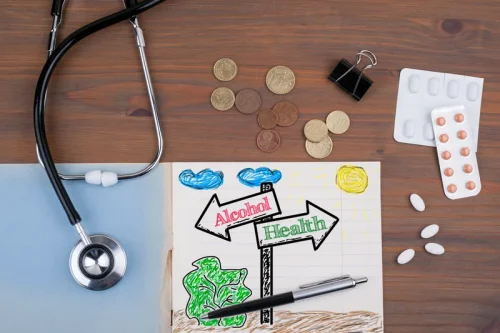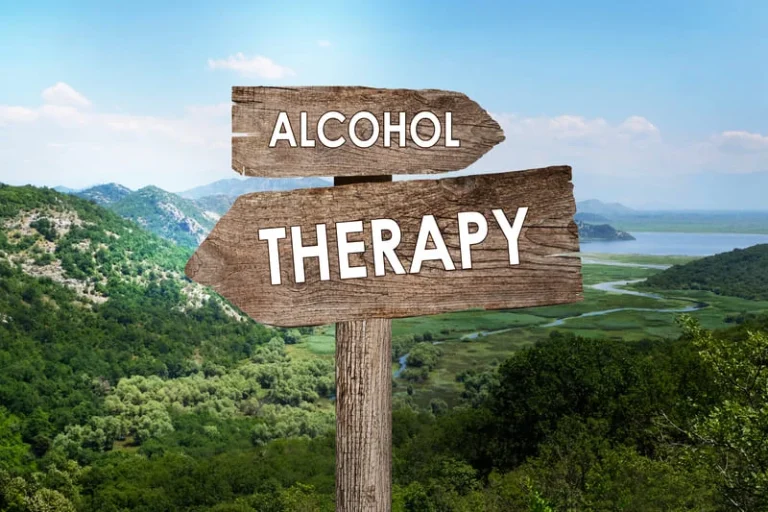BetterHelp can connect you to an addiction and mental health counselor. Injecting or smoking cocaine takes effect immediately, resulting in a more intense but shorter high. On the other hand, snorting cocaine takes longer, but the resulting high also lasts longer.
- A full continuum of care treating addiction and mental health through an evidence-based approach, relapse prevention, and holistic healing with beach activities.
- A similar cause of crack overdose is the cutting agents that are used in the drug.
- Once this has taken place, the mixture is boiled until a solid substance is formed.
- Naloxone can be given safely to people of all ages, from infants to older adults.
- Crack has a reputation as a highly abused drug due to the rapid onset of a high and the common pattern of binging and crashing.
We Care About Your Privacy
A drug detox can monitor a person’s withdrawal symptoms and manage them in a controlled environment. Additional inpatient or outpatient treatment programs may be necessary. Using it increases your risk of serious and sometimes life-threatening medical conditions like heart attack, stroke and drug overdose.
What are the Short-Term Effects of Smoking Crack?
If you notice someone is overdosing on crack cocaine, there are three vital steps you should take to ensure they have the best chance of surviving. For example, it affects the amount of glutamate, a neurotransmitter that sends messages between nerve cells in the brain. Long-term cocaine use dulls thinking processes and the ability to remember alcoholism: causes risk factors and symptoms information. Cocaine use may make the brain’s stress receptors more sensitive to stress, so people react more strongly to stressful situations. When people take cocaine, their blood pressure goes up and their heart races. They may lose their inhibitions about doing things like spending lots of money on stuff they don’t really need.
Cocaine Addiction Treatment Programs
It’s powerful but has different short-term effects than crack. Just how much crack it takes to overdose depends on myriad factors — tolerance being chief among them. Chronic usage, especially due to bingeing, both increases the risk of addiction and tolerance alike. While a first-time user could die from one use, an experienced user could potentially use as much as 5 grams in a day before succumbing to the effects. Some long-term health problems can be avoided or reduced if a person receives medical treatment. If you’ve overdosed on coke, you should consider seeking cocaine rehab.
Signs and Symptoms of Crack Overdose
If you suspect someone is experiencing an overdose, it is essential to seek immediate medical help. Time is of the essence in these situations, and early medical intervention can save lives. However, the effects of crack cocaine are not limited to its drug rehab for pregnant women specialized prenatal treatment pleasurable sensations. The drug also constricts blood vessels, elevates heart rate and blood pressure, and disrupts the normal functioning of the central nervous system. These physiological changes can have serious consequences for the user’s health.
Some symptoms of overdose in this category include high blood pressure, irregular heart rate, chest pain, heart attack, high body temperature or sweating, and even stroke. Some common drugs that are mixed with crack cocaine include alcohol, heroin, and opioids. It’s vital to note that taking multiple drugs at once greatly increases your chances of overdosing. There are multiple treatment options for crack cocaine addiction.
Overdose symptoms need to be treated immediately, but a crack overdose can also be a sign of a larger problem, including addiction or substance use disorder. Because smoking crack is a common method of use, it can be hard to determine the exact amount ingested. Crack cocaine use increases body temperature, heart rate, euphoria, and alertness.
For over 20 years Dr. Umhau was a senior clinical investigator at the National Institute on Alcohol Abuse and Alcoholism of the National Institutes of Health (NIH). If you suspect that someone is overdosing on cocaine, contact 911 immediately. Here at Bedrock, we make sure to work with each individual to understand exactly what kind of treatment is right for them. Cocaine is a powerful drug that can cause serious side effects that can happen very quickly after you start using the drug.
When narcotics are smoked, the effects are felt considerably more immediately and intensely than when they are snorted or taken orally. Crack is widely considered to be the most addictive form of the narcotic cocaine. Unlike its powdery relative, crack is usually smoked rather than snorted into the nasal cavity. When asking what does crack look like, a crack ‘rock’ can take several forms, with purer varieties taking the appearance of a crystal-like plastic compound. Talk to your doctor or pharmacist if you or someone you know is taking prescribed opioids or using illicit opioids.
In fact, sudden death is a possibility with crack cocaine use. Believe it or not, crack cocaine overdose is also more likely depending on the method of use. Specifically, snorting crack can make overdose more likely than injecting or smoking crack. A similar cause of 12 things that happen when you quit drinking crack overdose is the cutting agents that are used in the drug. As there is no regulation for the substance, it’s almost impossible to know what you’re putting in your body when you use crack cocaine. Crack overdoses can be dangerous in both the short- and long-term.














